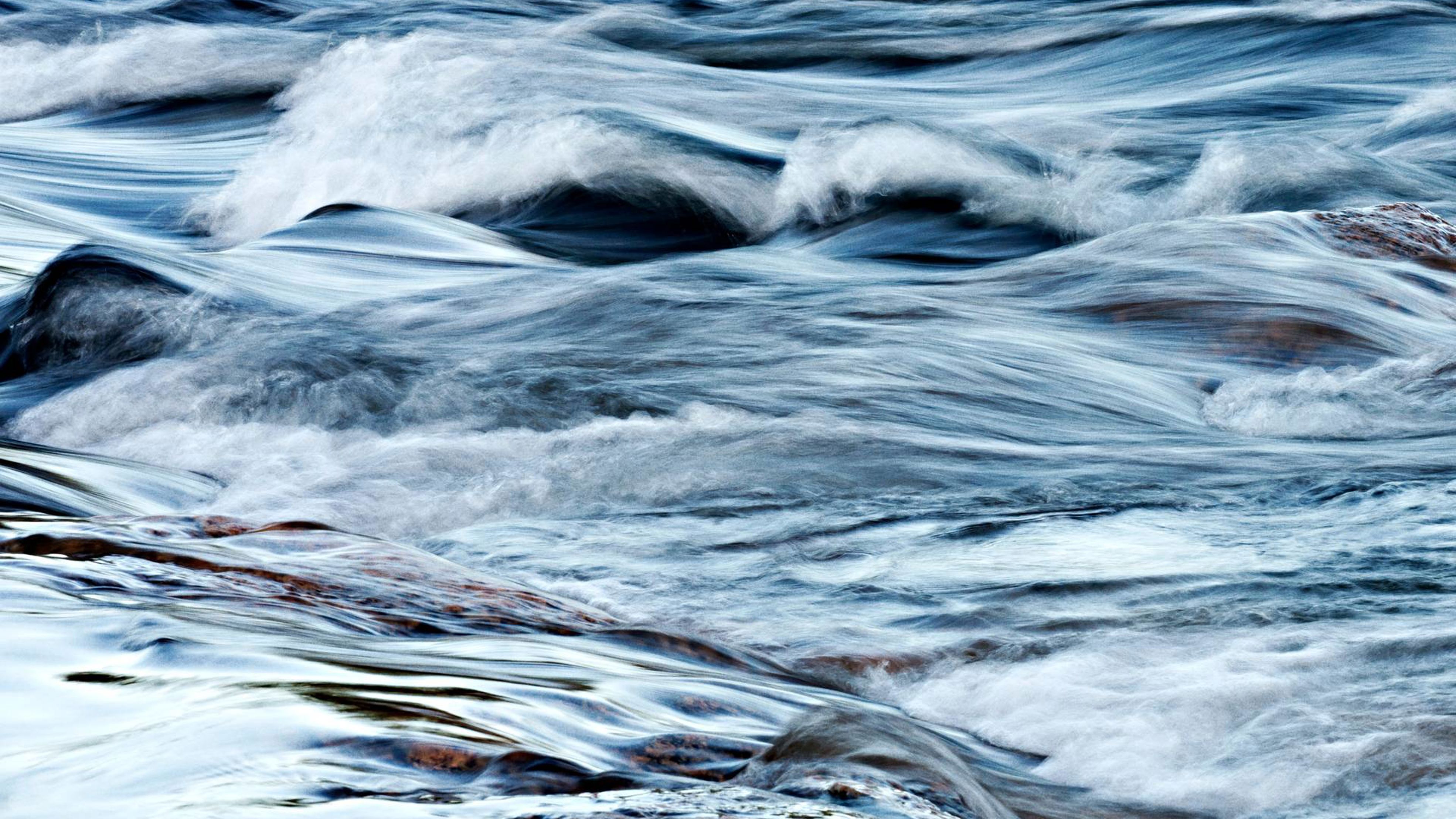Our pulp mills are located near waterbodies, as water is required at all stages of pulp production. The steady operation and good availability of production units as well as scheduled preventive maintenance and maintenance shutdowns play a key role in increasing the efficiency of water use. The reduction of water use requires training the personnel and establishing the correct operating methods for the mills, as well as making changes to the mills’ processes. At the same time, it must be ensured that no unwanted substances that could impair the quality of the end product, i.e. pulp, are accumulated in the mills’ water flows with reduced water use.
The primary benefit from projects related to the reduction of process water is not restricted to the decreased water consumption. It is also connected with improving product quality, cost-effectiveness and the mill’s operational reliability. We use and recycle water as efficiently as possible within our processes and actively look for new areas where the water flow can continue to be improved. To achieve the goal, a concrete target has been set for each pulp mill, taking the mill’s age and other characteristics into account, and the necessary development measures have been listed and prioritised.
Typically, the mills’ water use can be reduced when water fractions that are unnecessarily wasted in the process are identified, an understanding of potential savings is reached and possibilities for using recycled water instead of raw water are found at the same time. Increasing the efficiency of water use also saves energy, thus reducing the climate impact of our production.
In addition to increasing the efficiency of process water use, the impact on waterways from Metsä Fibre’s mills is minimised using the best available technology, such as by cleaning wastewater as effectively as possible before releasing it to waterways.
For example, at the Äänekoski bioproduct mill, the most important development actions to reduce water use have been connected with improving the efficiency of internal cycles. Secondary condensates have been used instead of raw water in wood processing, and in bleaching, the goal is replace clean hot water with both secondary condensate and recycled water from the kiln drying department.
At the Joutseno pulp mill, raw water use has been reduced by creating closed water cycles in bleaching, grading and debarking, for example. Several measures have been implemented at the mill, such as the reduction of the amounts of washing water in bleaching and the increased use of the drying machine’s circulation water.
At the Rauma pulp mill, the key measures to achieve more efficient water consumption have been the reduction of washing water in bleaching and the use of the debarking department’s circulation water instead of chemically purified water.
Metsä Fibre’s pulp mills are the largest water consumers within Metsä Group, so their work towards reduced water use is very significant. In 2021, we began development work to create a concept for an effluent free pulp mill. When creating the concept, quality requirements for the water needed in different parts of the process were reviewed, new ways of using wastewater were sought, and the overall idea of a mill producing minimal effluents was formulated. Lessons learned from this project are applied at all Metsä Fibre’s pulp mills.
The sawmills’ production processes generate nominal volumes of wastewater, which is treated in municipal wastewater treatment plants.
All our mills are located in areas abundant in water in Finland. Therefore, we do not take water from areas of high or extremely high water stress (WRI Aqueduct Water Risk Atlas), and our operations do not reduce the availability of water to other parties such as the population or agriculture.
Metsä Fibre’s measures towards 2030
- We reduce our water consumption by developing and renewing production processes and deploying new technologies.
- We advance the development of the concept for an effluent free pulp mill.
Indicators by the end of 2030
−35% water consumption per tonne of production*(m3/tonne), compared to 2018

